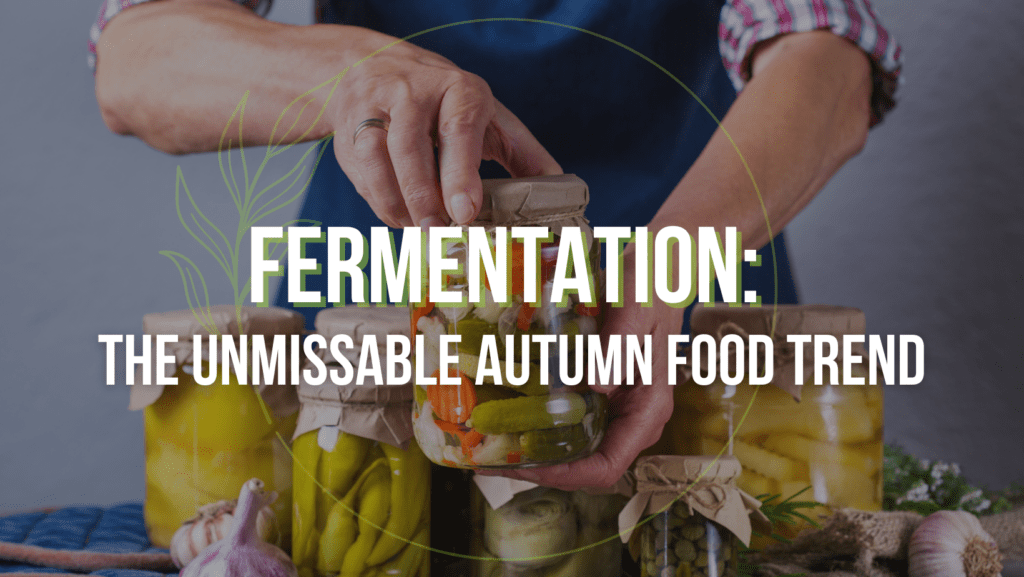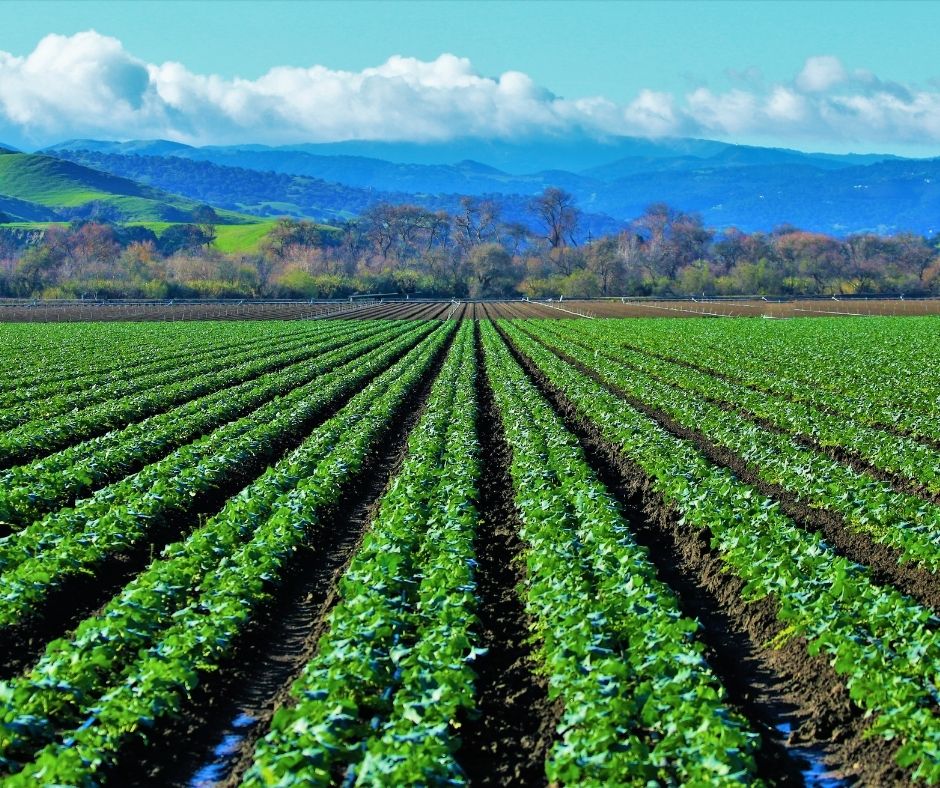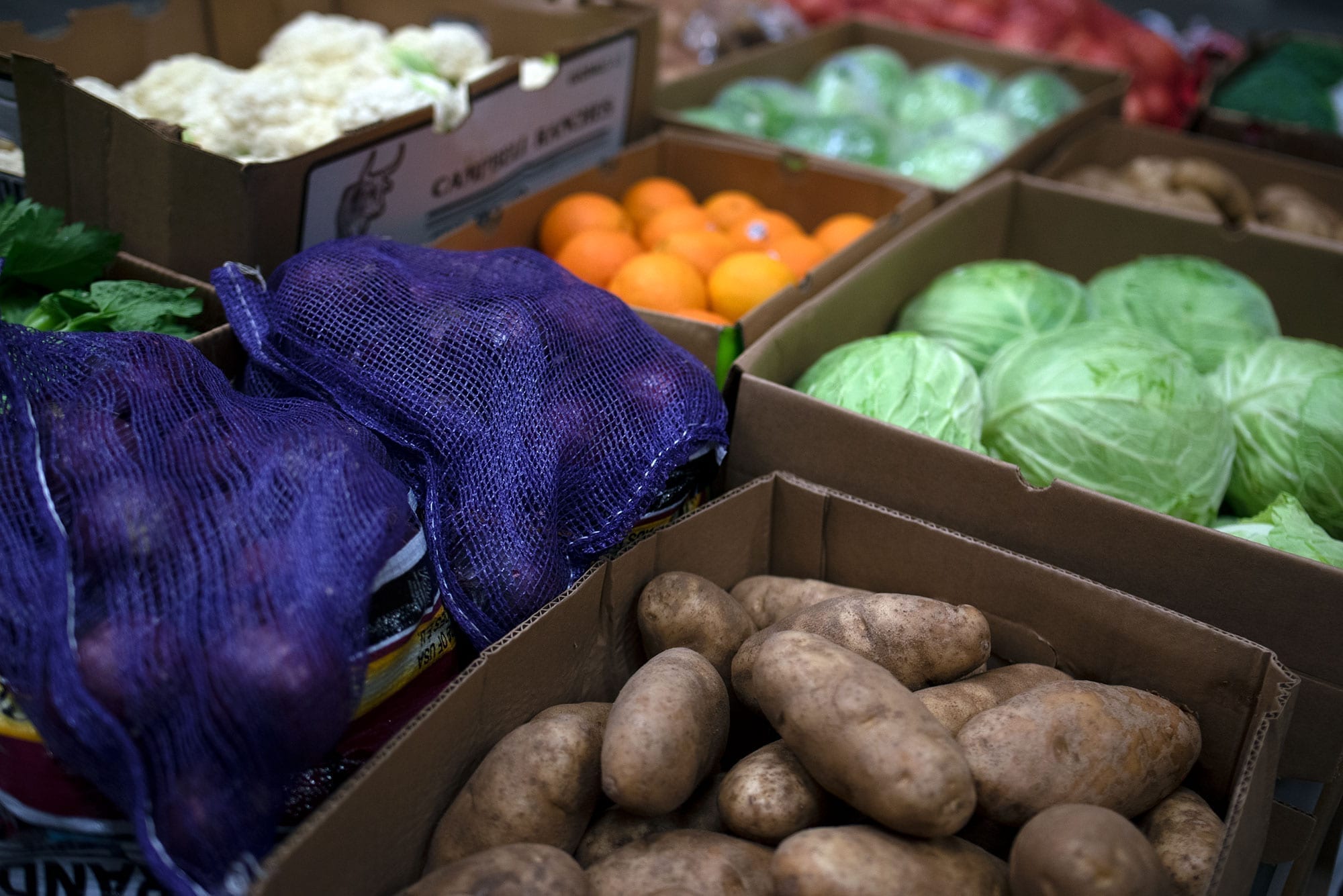September is National Food Safety Education Month, making it the perfect time to discuss the best practices and procedures currently in place to ensure only the highest quality of produce reaches consumers.
In Canada, it is estimated that 1 in 8 people (4 million Canadians) each year get sick from contaminated foods leading to over 11,500 hospitalizations and 240 deaths. The most common offenders behind the illnesses being Norovirus, Listeria, Salmonella, E. Coli O157, and Campylobacter. To mitigate the overall risks of consumers falling sick, many different food safety processes are utilized throughout every produce supply chain.

Farm Fresh Best Practices
Beginning at the farm level, farmworkers are considered the first line of defense regarding food safety. They abide by strict government regulations in both Canada and the USA. These regulations are known as Good Agricultural Practices or GAPs. Farms can apply for GAP certification to authenticate their food safety culture. Certification describes the determination by a qualified authority to guarantee that a supplier meets the GAP standard and that its food safety program is being maintained on an ongoing basis.
To continue holding a valid GAP certification, farmworkers must be correctly trained to follow stringent hygiene procedures. These include proper handwashing techniques with dedicated handwashing stations. In addition, protective clothing is worn when onsite such as gloves, aprons, and appropriate footwear. As well as, workers showing symptoms of injury or illness are prevented from entering food production, handling, and storage areas.
GAP’s used at the food growing and processing step are put in place to ensure that food safety and potential environmental impacts are considered. For example, if human biosolids are used as a crop fertilizer, they must be pre-treated as per provincial/state regulations to ensure pathogens and harmful micro-organisms are removed.
The quality of crop compost is also taken into account and can be affected by multiple factors. If nitrogen is too high compared to carbon, higher ammonia levels will be released into the atmosphere. When carbon is too high, the composting rate will slow down. So, soil analysis to confirm correct levels of carbon: nitrogen is performed by independent labs.
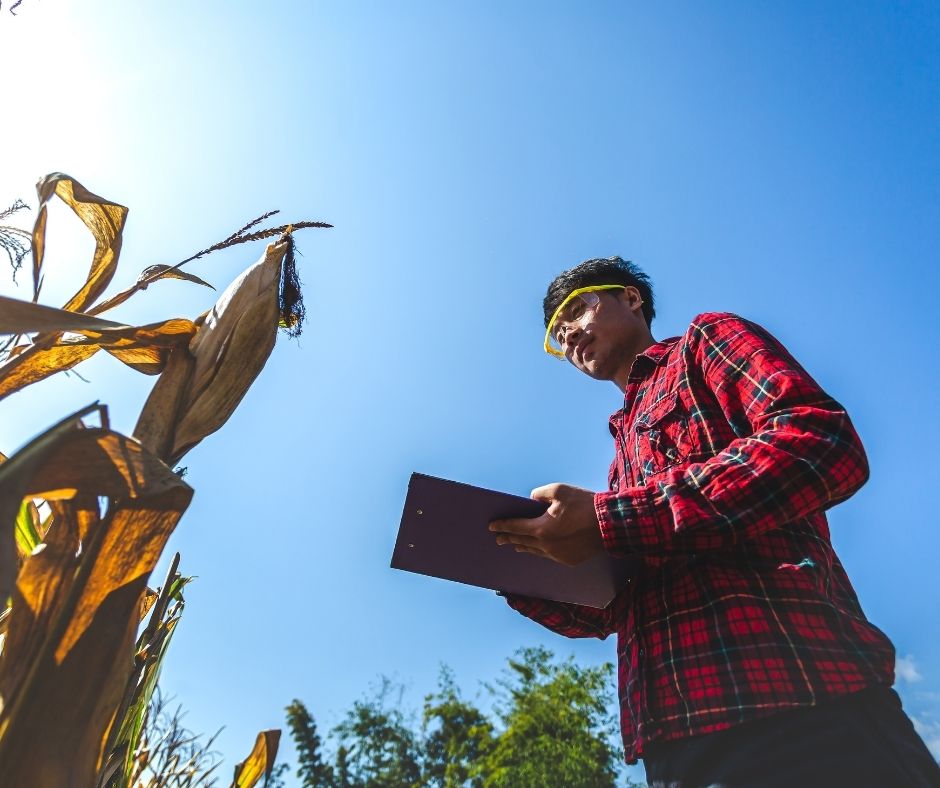
Also, when discussing soil, correct moisture levels must be examined. It is recommended, under the GAP guidelines, that moisture levels stay at a consistent 60%. If this number gets too high, compost will begin to ferment, too low and the rate of decomposition decreases, and nutrients are no longer available for the microorganisms.
Farms that utilize well water to irrigate their crops must complete tests of the water. Testing of well water is recommended to be completed at least two times a year to check for contamination. Samples are most useful after a spring thaw, heavy rains, after repairs to pump, or change in water appearance or smell. The test is used to detect total coliforms and Escherichia Coli (E. coli), resulting from septic or sewage issues, well conditions, land flooding, or grading. GAP requires the maximum to be 0 per 100 ml of water. In the event of a concentration higher than this, corrective actions need to be taken to identify the source of contamination and correct the issue, treat the water, and re-test.
The final step taken by farms to guarantee proper food safety is the correct sanitization of produce processing equipment. First, all equipment is cleaned through water and friction. This is not the same as sanitizing and is used to remove unwanted material; dirt, chemicals, residues, and organic material. Equipment is then sanitized by using chlorine. Various concentrations are used on the different surface types. Where chlorine can’t be used due to the surface type, quaternary ammonium compounds or “quats” are used in its place.
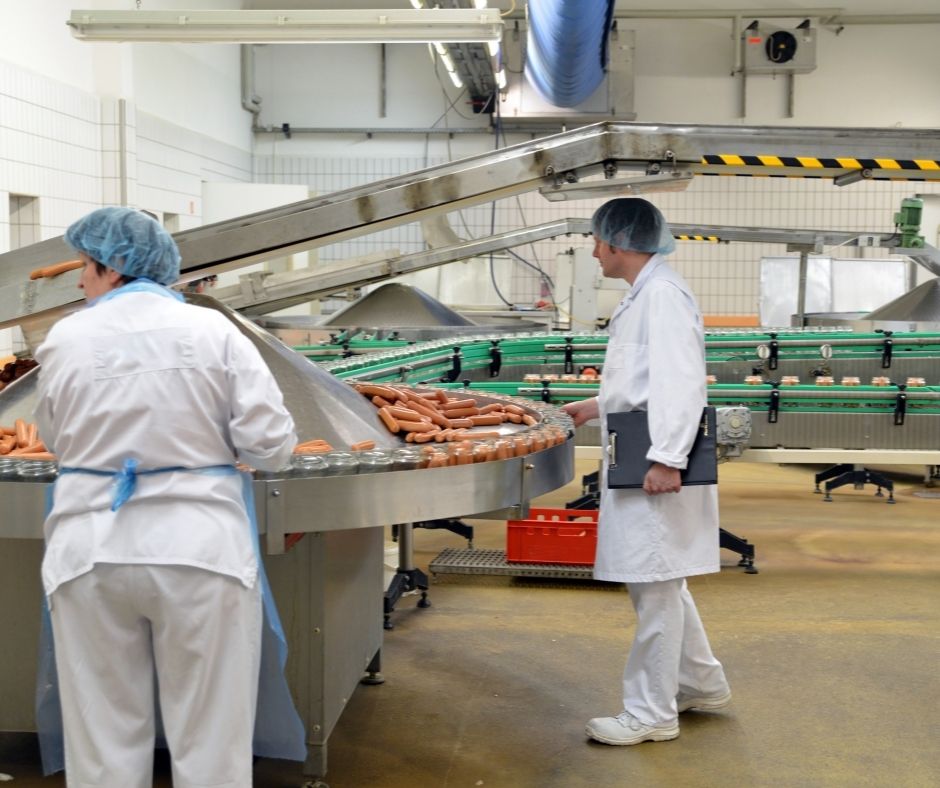
Bridging the GAP
When the produce leaves the farm and is shipped to the wholesale suppliers, a new round of food safety checks and balances begins. Produce distributors are also eligible to be GAP certified and must submit to governing authority’s audits to prove they consistently follow all safe handling procedures.
For a supplier to stay GAP certified, they must follow strict audit protocols. Firstly, employees in the warehouse must follow correct produce logging procedures. They are required to record where every shipment has arrived from and where every shipment is shipped. Upkeep and cleanliness guidelines for warehouses and trucks must also be followed.
After the initial audit to become GAP certified is passed, suppliers are then subjected to regular audits to confirm expectations are still being met. In addition, a third-party auditor will visit the business to examine warehouse and truck cleanliness and ensure employees track their weekly/monthly cleanliness checks.
They will then confirm that all shipment logs are correct and up-to-date. Next, they inspect that the records include where the shipments come from, where they are going, the number of products shipped, whether the trucks were inspected, and the temperature at which the products came in.
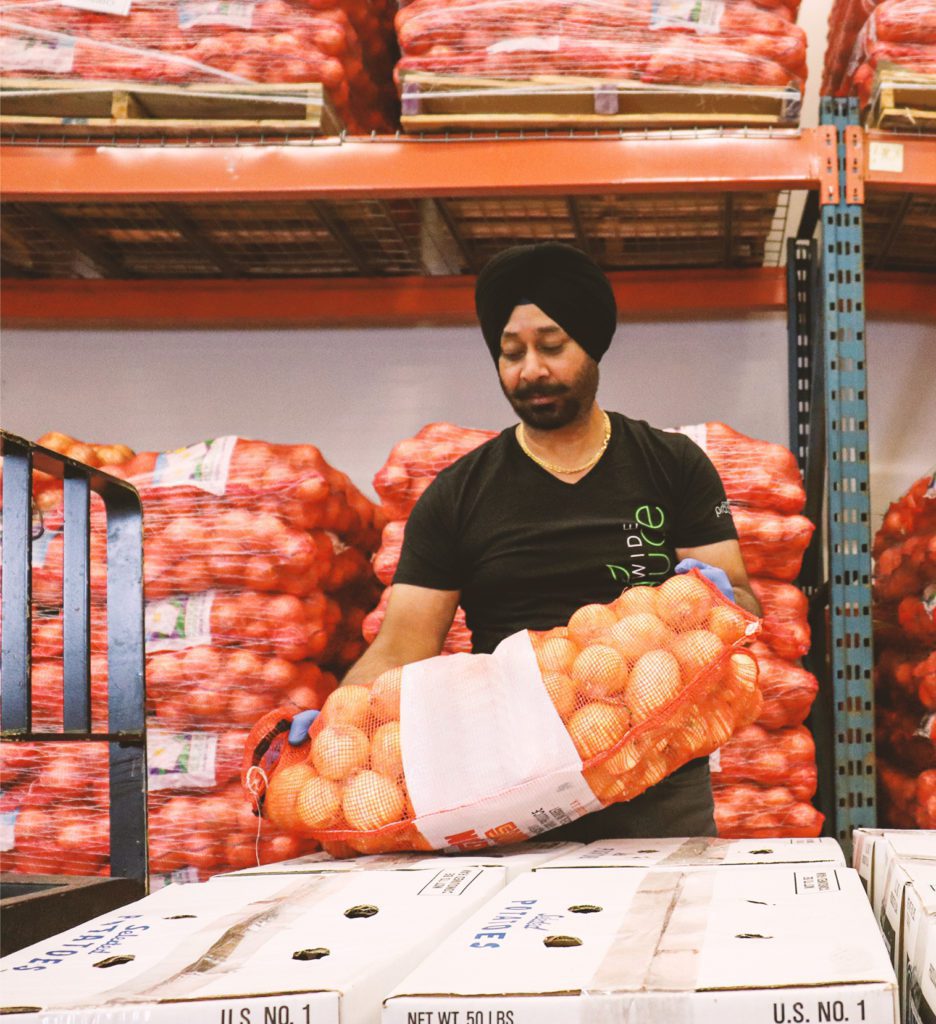
These records must be kept updated at all times. This ensures that if there is ever an issue with a product, governing authorities can track where the problem occurred and where the product currently resides—guaranteeing the removal of a product from the supply chain if necessary.
Before the produce arrives at the wholesale warehouse, suppliers choose where to get their fruit and vegetables. A GAP Certified supplier will choose to work with growers who have demonstrated they follow food safety practices such as GFSI (Global Food Safety Initiative) recognized and GAP Certified. By doing so, they can ensure that any produce they supply follows all possible food safety protocols, from farm to table.
Once the produce has arrived at the wholesaler’s warehouse, workers will inspect all products for rot, mold, and disease signs. Warehouse employees must follow the same strict guidelines that farmworkers adhere to and are thoroughly trained on proper safe food handling, storage, and safety practices.
At the supplier level, in the supply chain, temperature control is a crucial factor. A GAP Certified distributor will understand the importance of continuous temperature checks in the warehouse and refrigerated delivery vehicles. Produce kept at higher temperatures than recommended runs the risk of creating a breeding ground for microorganisms.

Food Safety’s Last Defence
The final stop in the produce supply chain before it reaches the consumer is, of course, the retailers, processors, and restaurants. This step is the last defense used to guarantee that food-borne illnesses do not get passed on to the public in the food safety process.
Beginning with the employees, proper hygiene practices must be followed. If workers are not feeling well, they are not to be onsite at the business and should not return to work until all symptoms are gone. While at work, safe food handling procedures dictate consistent and correct hand washing processes at dedicated handwashing stations. As well, protective gear, such as gloves, be worn when coming into contact with food.
When a new shipment of produce arrives, 4 key steps to food handling are to be followed. Clean, separate, cook, and chill. Before inspecting the shipment’s quality, hands are washed for at least 20 seconds, and surfaces, such as cutting boards, are sanitized.
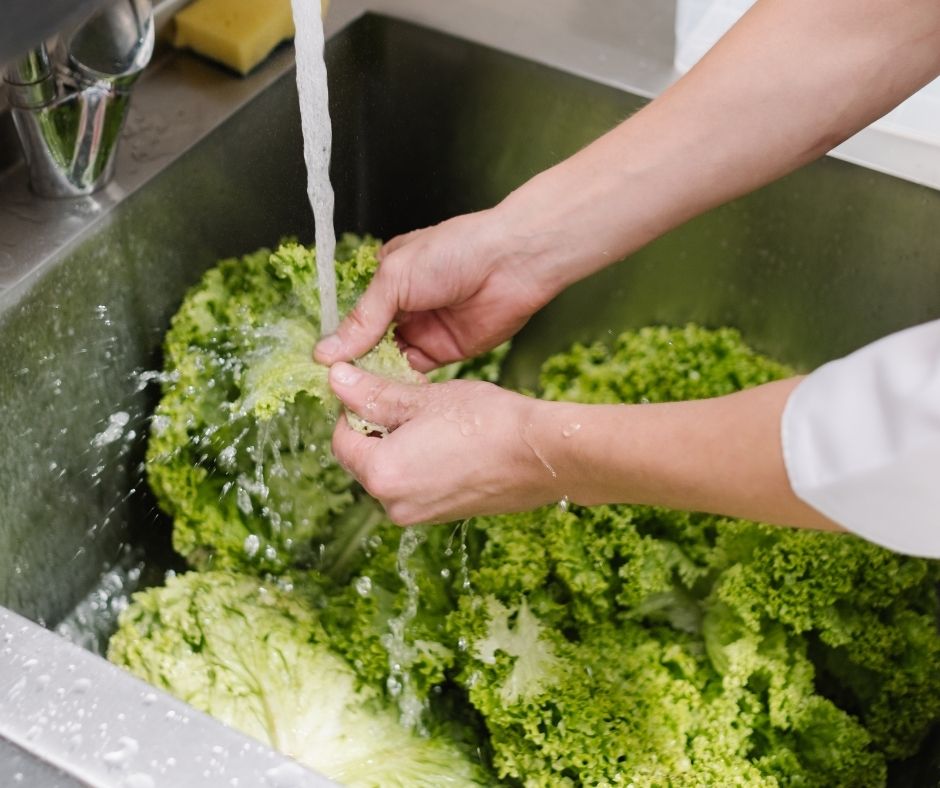
Once those steps are taken, the fruit and vegetables are thoroughly inspected, and any lower quality products are disposed of. A first in – first out approach is taken when storing the produce to ensure that older products are constantly being used before the new products. Produce is also kept separated from surfaces in contact with raw meat, seafood, and poultry.
If the worker is cooking the food, a thermometer can verify that the correct temperature has been reached to serve the food safely. All unused food is stored in a cooler with a monitored temperature as per safe food handling recommendations.
Knowing you can trust the produce you consume or bring into your home is paramount. That’s why National Food Safety Education Month is so important to the workers within the supply chain and everyday people. It’s a great reminder of all of the hard work and dedication to what goes into keeping food-borne illness to a minimum.

If your business is looking for a GAP Certified wholesale produce supplier that genuinely cares about the quality of their products, contact City Wide Produce. They work closely with their growers and offer phenomenal personalized buying programs for food processors, retail businesses, wholesalers, and restaurants.





